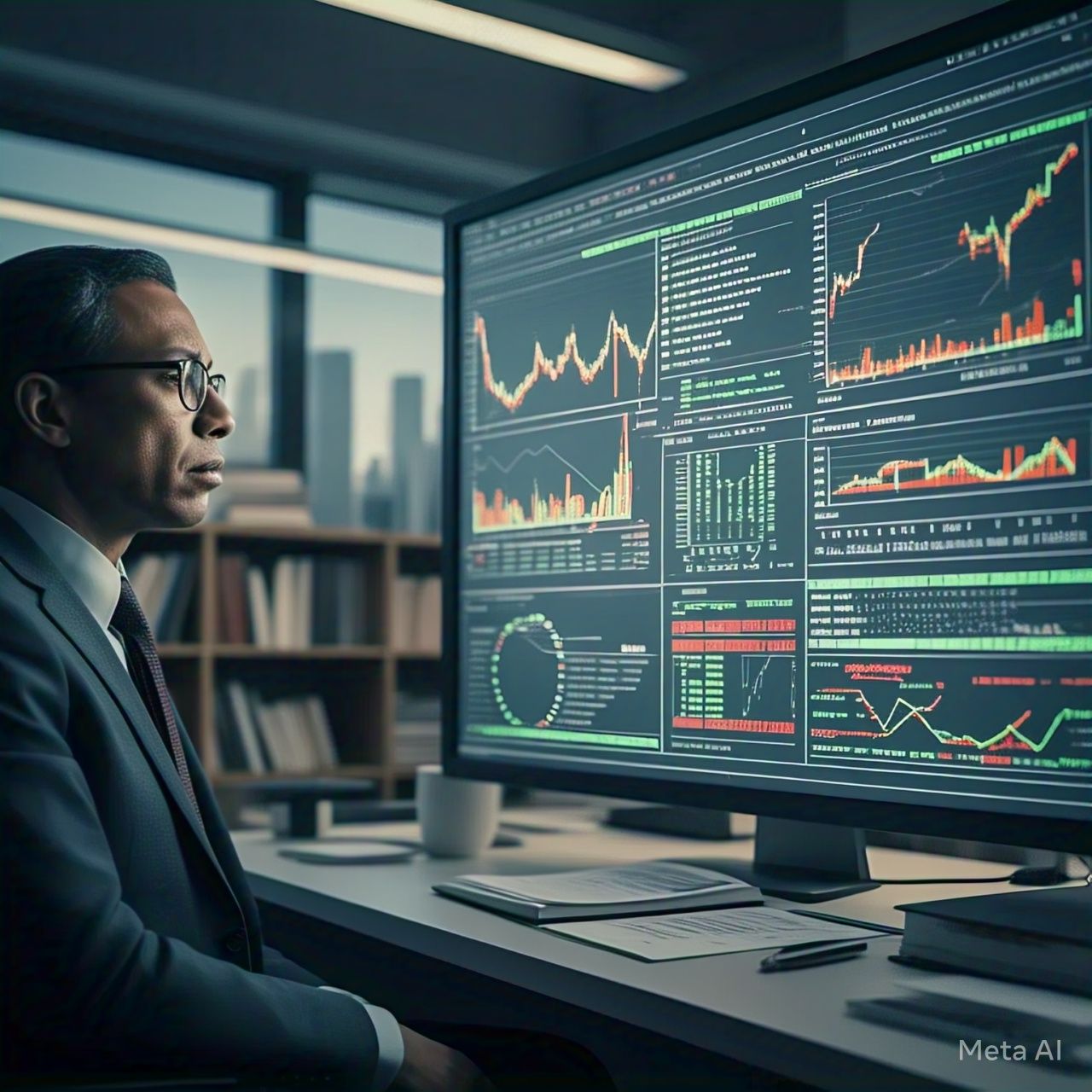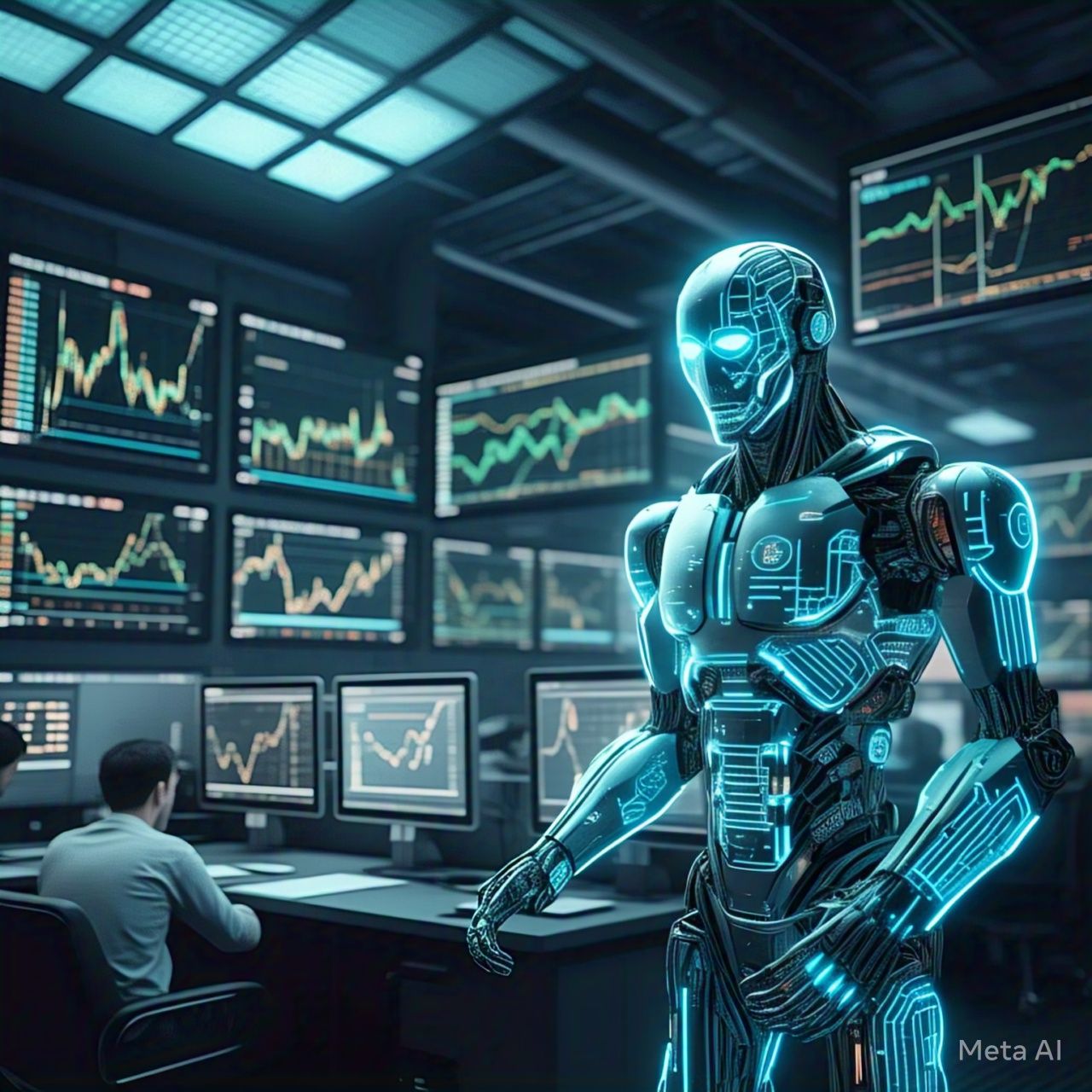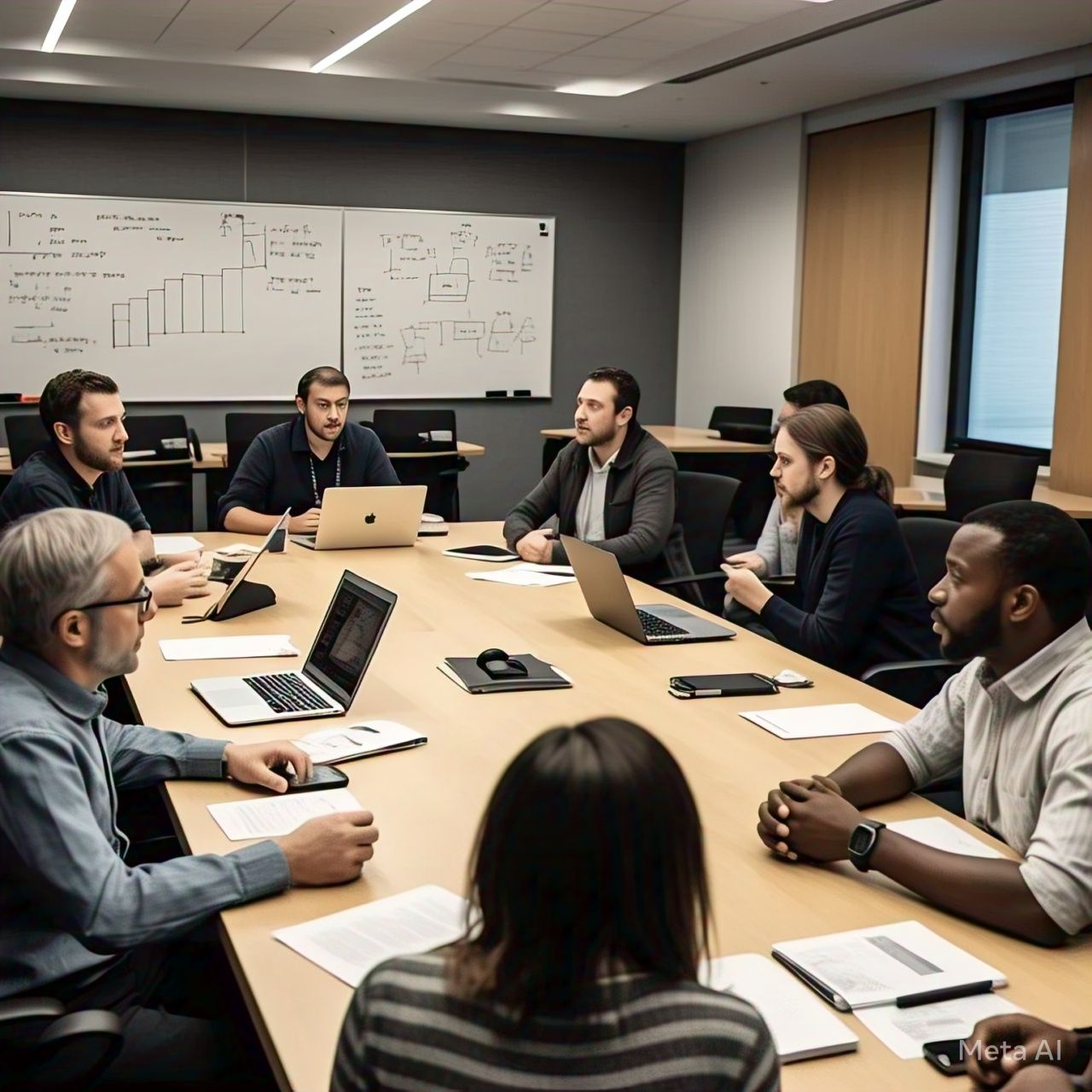Introduction
Recessions have long been a challenge for economists and policymakers, often catching markets and governments off guard. Traditional economic forecasting relies on historical data and expert analysis, but Artificial Intelligence (AI) is emerging as a game-changer in predicting downturns. Can AI truly foresee economic recessions, or is it just another overhyped technology?
The Need for AI in Economic Forecasting
Traditional recession prediction models, such as the yield curve inversion or unemployment rate trends, have limitations in capturing real-time economic shifts. AI, on the other hand, processes vast amounts of structured and unstructured data, offering deeper insights and real-time monitoring to anticipate downturns with greater accuracy.
How AI Predicts Economic Recessions
AI-driven economic models integrate several key technologies to enhance recession forecasting:
1. Machine Learning for Pattern Recognition
Machine learning algorithms analyze economic indicators, market trends, and historical data to identify early warning signals of an impending recession.
2. Natural Language Processing (NLP) for Sentiment Analysis
AI scans news articles, financial reports, and social media to gauge public and investor sentiment, which can be a strong indicator of economic uncertainty.
3. Real-Time Big Data Analytics
Traditional models rely on quarterly or annual reports, while AI processes real-time data from financial markets, trade volumes, and employment statistics to provide up-to-the-minute forecasts.
4. Neural Networks for Complex Economic Relationships
Deep learning models detect non-linear relationships between economic variables, identifying patterns that conventional models might miss.
AI vs. Traditional Recession Forecasting
| Feature | Traditional Forecasting | AI-Powered Forecasting |
|---|---|---|
| Data Sources | Limited, historical data | Real-time, multi-source data |
| Predictive Accuracy | Based on past trends | Adaptive, self-learning models |
| Speed | Slower, periodic updates | Continuous, real-time updates |
| Human Intervention | Requires expert input | Automated insights with minimal intervention |
Challenges and Limitations of AI in Recession Prediction
While AI presents an exciting prospect, there are challenges to consider:
- Data Bias and Quality: AI predictions depend on data quality, and biased or incomplete data can lead to inaccurate forecasts.
- Lack of Economic Context: AI models may struggle to incorporate human-driven factors such as government policy changes or geopolitical events.
- False Positives and Overfitting: AI might identify short-term fluctuations as recession indicators, leading to unnecessary panic.
The Future of AI in Economic Forecasting
Despite its limitations, AI is becoming a crucial tool in recession prediction. As algorithms improve and access to real-time data expands, AI’s predictive power will likely enhance. Combining AI with expert economic analysis could create a more robust forecasting system, helping businesses and governments prepare for financial downturns more effectively.
Conclusion
AI’s ability to predict recessions is not just hype—it’s a growing reality. While it cannot replace human expertise entirely, it offers a powerful tool for improving economic forecasting. As technology advances, AI-driven recession prediction will become increasingly reliable, making economies more resilient to financial crises.




